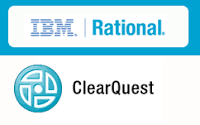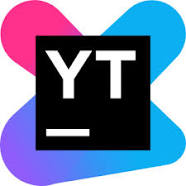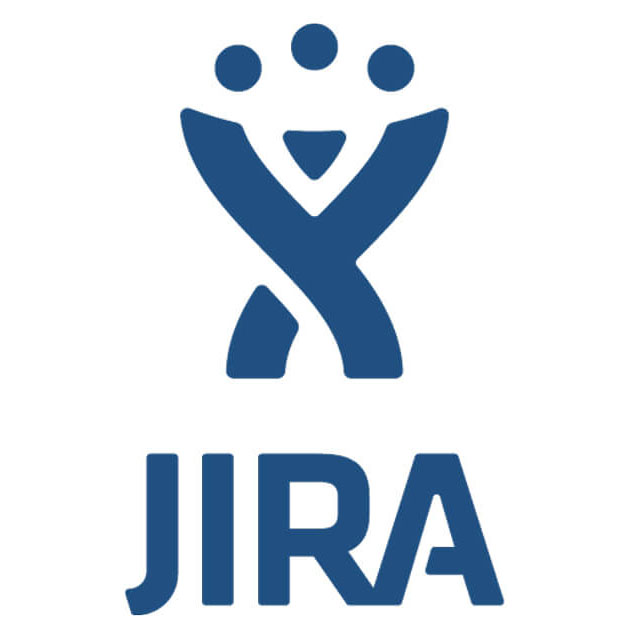
Categories
Problems that solves
High costs of routine operations
No automated business processes
Values
Reduce Costs
Enhance Staff Productivity
About Product
Description
This software provides tools and processes that allow you to maintain control of changes while catering to the diverse needs of the developer. IBM also provides a new bundled offering under a new consumption model that changes the way you can use and deploy DevOps software. The new offering helps simplify your planning for adoption and growth of critical IBM DevOps products. Read more in the solution brief below. Feature spotlights: Create repeatable, enforceable and predictable processes IBM® Rational® ClearQuest® helps you improve team collaboration by integrating typically siloed processes such as analysis, development, testing and deployment. Automated workflows and email notification help ensure that appropriate team members are alerted in near real time when action is required. Team members also receive information about any change or update that can impact their activities. Workflows are ready for immediate use to jump-start your implementation. Get process automation and full lifecycle traceability This software allows you to customize and enforce consistent development processes to achieve an integrated, consolidated view across the project. In addition to process automation and lifecycle traceability, the IBM Rational ClearQuest security features such as user authentication, user authorization, electronic signatures and audit trails are critical to help ensure compliance with internal and external requirements. Access the most up-to-date information This software provides deployments that can support thousands of users, working across dozens of sites. A wide range of access capabilities helps ensure that all team members, local and remote, have access to the most up-to-date information virtually anytime, anywhere. Whether your team is a small workgroup at a single location or a highly distributed team spanning multiple locations, IBM Rational ClearQuest software provides the flexibility and scalability to support your organizational needs. Get clear insight into your processes IBM Rational ClearQuest provides support for querying, charting and reporting. Distribution, trend and aging charts help you visualize complex data. Charts can be created and refined to allow you to drill into the area of data that you need. Queries and reports allow you to view the associations of requirements and the status of your test planning, test authoring and test execution activities. Flexible pricing and deployment With the new IBM Cloud DevOps for Hybrid Deployment bundle, IBM delivers a new consumption model based on FlexPoints. FlexPoints can be purchased and allocated across the applications included in the bundle according to needs of the business.






